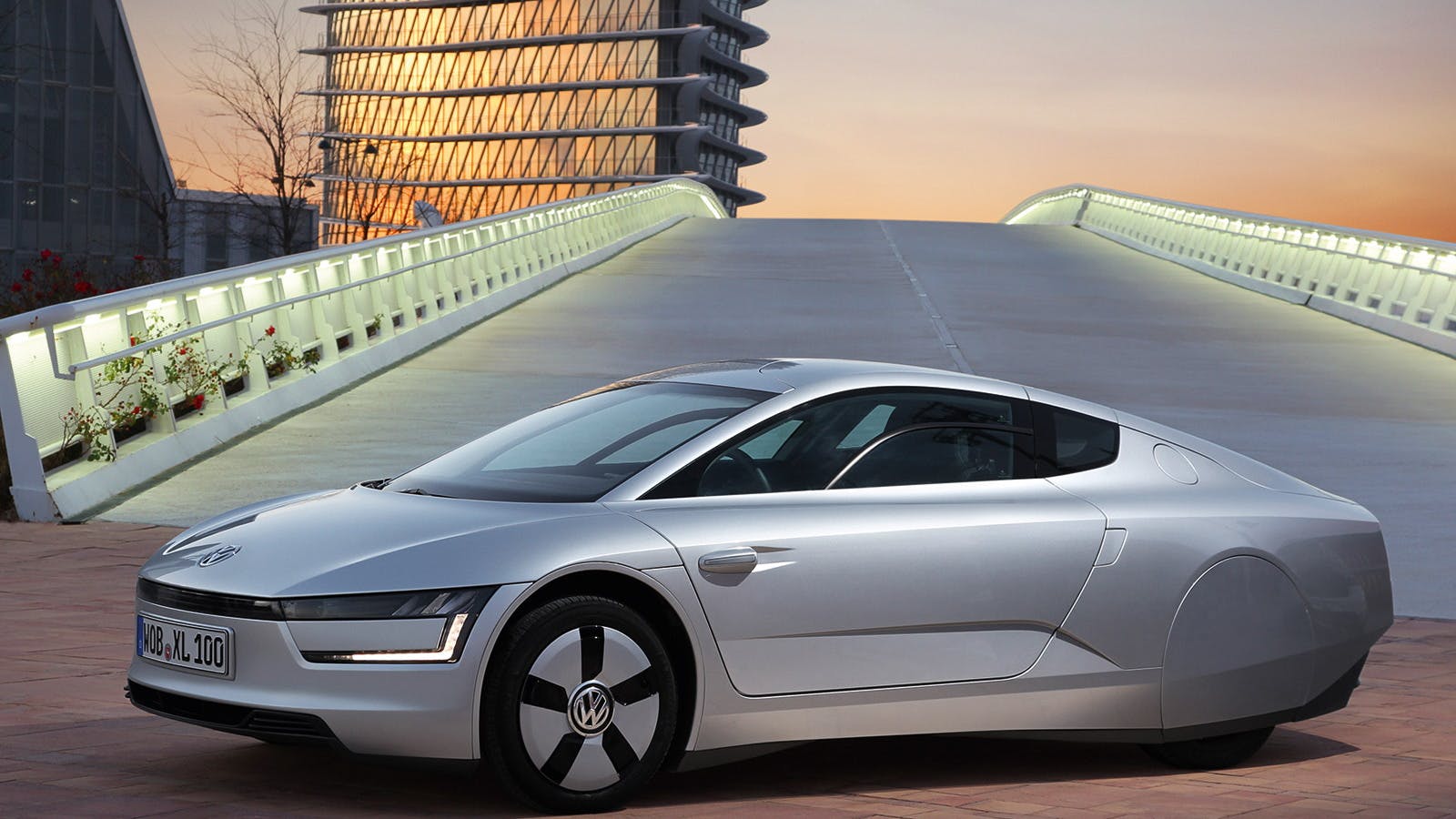
Odd Rides: 2014 Volkswagen XL-1
Concept cars often tantalize with promises of revolutionary designs and breakthrough technologies, only to fade away as mere design studies. However, the Volkswagen XL1 defied the odds, transforming from a visionary concept into a production model that lived up to its promises of groundbreaking styling and technological advancements.
The Birth of the 1-Liter Car:
The XL1's journey traces back to 2002 when Volkswagen AG Chairman Ferdinand Piëch stunned the audience at the annual shareholder meeting with a prototype known as "the 1-liter car." A two-seat spaceship powered by a single-cylinder diesel engine and featuring tandem seating, gullwing doors, and an impressive 0.159 drag coefficient, the 1-liter car offered a glimpse into the future of automotive engineering.
Evolution at the Frankfurt Motor Show:
In 2009, the L1 concept emerged at the Frankfurt Motor Show, building on the foundation laid by its predecessor. With a new hybrid-electric system and a design language aligning with Volkswagen's contemporary lineup, the L1 hinted at the possibility of a production model.
The XL1 Unveiling:
The turning point came in 2011 at the Qatar Motor Show, where Volkswagen introduced the world to the XL1 – the most advanced 1-liter car yet. Boasting a two-cylinder 800-cc TDI engine and an electric motor powered by a lithium battery, the XL1 achieved an astonishing 313 mpg on the European combined test cycle. Despite a slightly increased weight, it maintained its efficiency and could travel 31 miles on electricity alone.
Design Enhancements and Driving Experience:
The XL1 underwent changes in its exterior, with a wider and more conventional look. The carbonfiber monocoque adopted a cost-efficient resin transfer molding process, bringing the car closer to mass production. The cockpit, while spartan in design, offered a unique driving experience with responsive controls, lack of power steering, and a silent all-electric mode.
Limited Production and Price:
Due to its unique materials and advanced technology, the XL1 remained exclusive, with only 250 units produced. Of these, 200 were made available to the public in Europe. However, the car's rarity came at a cost – both in terms of availability and price. With an original sticker price of €111,000 (approximately $150,000 at the time), the XL1 commanded attention and admiration but remained out of reach for many.
While the Volkswagen XL1 may not have become a mainstream option due to its exclusivity and high cost, it stands as a testament to automotive innovation. The XL1's journey from concept to limited production showcased a commitment to pushing the boundaries of efficiency and design, leaving an indelible mark on the history of automotive achievement.








